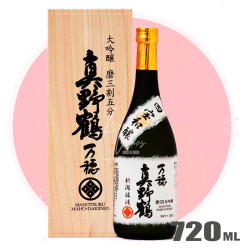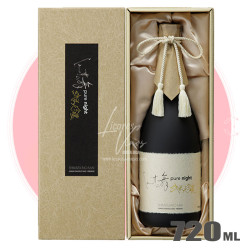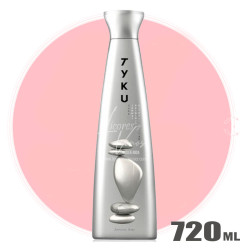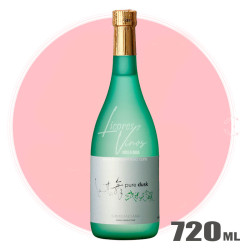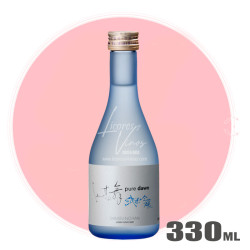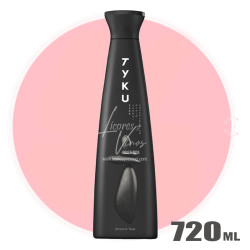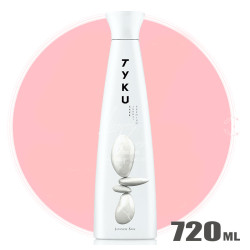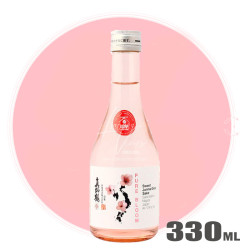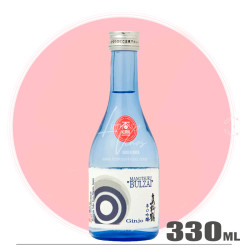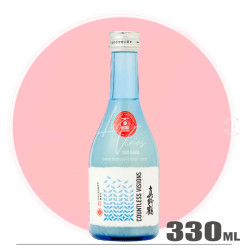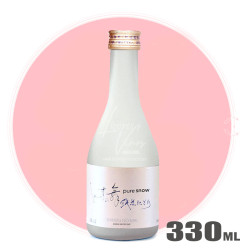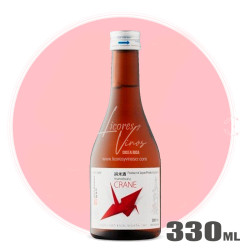SAKE JAPONES
Making Japanese sake is a process full of tradition. Sake is obtained from fermenting rice thanks to the action of the koji mushroom, so important in Japanese cuisine. Different varieties of rice can be used, but the specific one for making sake in Japan is called sakamai.
The person in charge of supervising the production, which here would be the winemaker, is called toji and there is one in each winery, who, in turn, are called shuzo.
Sake is made with a sourdough made from rice that is steamed and fermented with water and yeast.
This mass is left to mature for between six months and a year and is filtered before being marketed.
Subcategories
-
DAIJINGO
It is the sake with the highest quality among the sakes that have added alcohol. This is done to elevate some organoleptic characteristics of sake.
-
FLAVORED SAKE
Flavored sake is a fun category that allows the drinker’s taste buds and creativity to run wild! The sake is either infused or mixed with fruits such as strawberries, peaches, yuzu and more. These sake typically have lower ABV
-
GINJO
Ginjo is made from 60 percent or less polished rice and is slowly fermented at low temperatures.
-
HONJOZO
Honjozo is 70 percent polished rice, that is, from which 30 percent of the grain has been removed.
-
JUNMAI
Junmai is a type of sake that is made without fermentation alcohol and using only rice, water, yeast and rice malt (koji, grown for food production and sprinkled on steamed rice to secrete enzymes). The term junmai is also sometimes used in combination with ginjo and daiginjo sake.
-
JUNMAI DAIGINJO
-
JUNMAI GINJO
-
NIGORI
It is a white sake and denser than other varieties. This is because it is not completely filtered and a sediment of rice and yeast remains, which gives it its special characteristics.
-
TOKUBETSU JUNMAI
Tokubetsu junmai ("special pure") is a special designation for high-quality sake, the indigenous and traditional rice wine that has become a strong symbol of Japan's national culture. Sake production throughout the country can be traced back to the 8th Century when it was produced as a sacred offering to the gods. Tokubetsu translates to "special" indicating that a special element was incorporated into the brewing process at the discretion of the brew master.
-
KOSHU
This sake is left to mature for up to three years, much longer than the usual time, which is usually between six months and a year.
Sake is known in the West as rice wine, but it is not strictly speaking a wine. In fact, in Japanese, the word sake means alcoholic drink, whatever it is.
-
FUTSU
